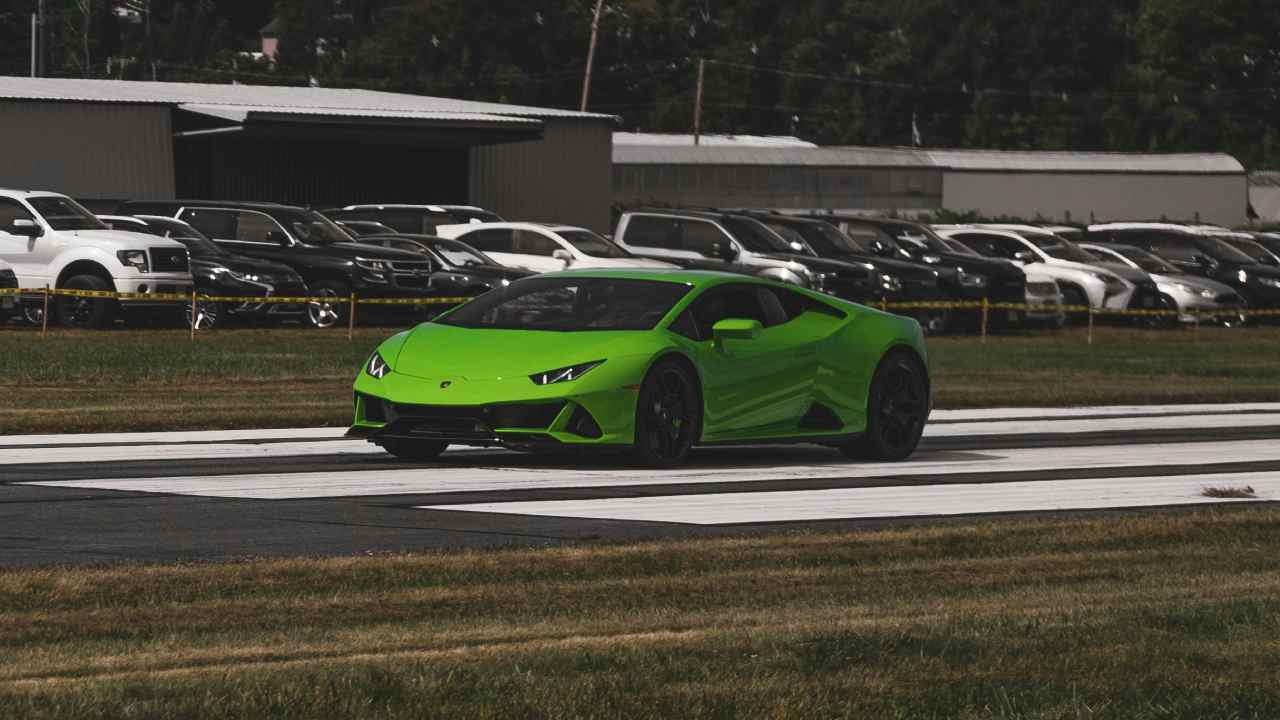The History of Iconic German Cars: From the Beetle to the 911
Germany has long been the crown jewel of automotive craftsmanship, delivering some of the most iconic and influential cars in history. With precision engineering, innovative design, and a commitment to performance, German automakers have reshaped the automotive landscape. From the everyman charm of the Volkswagen Beetle to the sleek dominance of the Porsche 911, these cars tell a story of innovation, resilience, and cultural significance. Get ready to take a ride through the history of German automotive excellence.
The Volkswagen Beetle
Origins of the “People’s Car”
When you think about German cars, the Volkswagen Beetle is likely the first to spring to mind. Designed by Ferdinand Porsche in the late 1930s under the directive of Adolf Hitler, the Beetle was envisioned as a simple, affordable car for the masses—hence the nickname “the people’s car.” Production was delayed by World War II, but by 1945, the Beetle began its rise to fame, emerging as a postwar symbol of economic recovery and German ingenuity.
Quirky Design and Wide Appeal
The Beetle’s rounded shape, small size, and simple mechanics made it instantly recognizable. Though initially used as a utilitarian car, the Beetle found its true calling as a cultural icon in the 1960s and 1970s. It became synonymous with the counterculture movement, often associated with young people rejecting materialism and corporate excess. Its affordability and reliability sealed its reputation, selling over 21 million units worldwide by the time production ended in 2003.
A Legacy That Lives On
It’s no exaggeration to say that the Beetle revolutionized the automobile industry. Beyond its massive sales figures, this car captured hearts as “Herbie,” the lovable star of Disney’s The Love Bug franchise, and became a symbol of simplicity and fun. Even decades later, the Beetle’s essence can still be found in Volkswagen’s newer models, proving that its impact is timeless.
The Porsche 911
The Birth of a Legend
First introduced in 1964, the Porsche 911 redefined what a sports car could be. Designed as the successor to the Porsche 356, the 911 was developed with a rear-engine layout, two doors, and a timeless silhouette. Its revolutionary design and high-performance capabilities set the standard for sports cars and became a benchmark that automakers around the globe aspired to achieve.
Evolution Over the Decades
The Porsche 911’s story is one of constant evolution. While it has retained its classic shape and iconic rear-engine layout, Porsche has continuously refined the car through the decades to improve performance, aerodynamics, and comfort. Each generation of the 911—from the early G-Series to the water-cooled 996 and today’s 992 generation—has brought groundbreaking technological innovation while remaining true to its heritage.
Dominance in Motorsports
Beyond the roads, the Porsche 911 has cemented its legacy on the racetrack. Few cars can match its racing pedigree—the 911 has claimed victories at countless high-profile events, including the 24 Hours of Le Mans, the Rolex 24 at Daytona, and rallies like the Monte Carlo Rally. Its adaptability to various racing formats has solidified its place as one of the most versatile and successful race cars of all time.
The Iconic Status
From its sharp handling to its luxury craftsmanship, the Porsche 911 has transcended its role as a mere car to become a cultural artifact. Whether admired in a showroom or pushed to its limits on the track, the 911 represents perfection in automotive design. It remains one of the most desirable cars in the world, beloved by enthusiasts and revered by collectors.
Other Notable Mentions
While the Beetle and the 911 command the spotlight, Germany has given us countless automotive gems over the years. Here are two more iconic models that have left a lasting imprint on car culture:
Mercedes-Benz 300 SL
Often called the “Gullwing” for its unique, upward-opening doors, the Mercedes-Benz 300 SL is widely considered one of the best-looking cars of all time. Introduced in 1954 as a two-seater sports car, the 300 SL was revolutionary for its time, boasting direct fuel injection and speeds of up to 161 mph. Besides its tech-savvy engineering, the car became a poster child of elegance, appearing in countless films and adored by celebrities. Today, it’s a highly coveted collector’s item.
BMW 3 Series
First launched in 1975, the BMW 3 Series combined performance, luxury, and affordability in a way unmatched by its competitors. Positioned as a compact executive car, it appealed equally to driving enthusiasts and professionals seeking prestige. Known for its agile handling and powerful engines, the 3 Series has set the benchmark for sport sedans for decades. Its ability to blend style, comfort, and performance has made it a symbol of success for millions.
Weaving Automotive History
From affordable compacts to luxury performance icons, German automakers have shaped the way we think about cars. The Volkswagen Beetle taught the world that cars could be accessible and fun. The Porsche 911 set the gold standard in performance and design. Meanwhile, the Mercedes-Benz 300 SL and BMW 3 Series showed how innovation and style could redefine elegance and practicality.
Germany’s automotive industry stands as a monument to meticulous craftsmanship, forward-thinking innovation, and cultural impact. Whether you’re an avid collector, a casual enthusiast, or simply someone who appreciates a well-made vehicle, these German cars continue to inspire admiration and awe.

